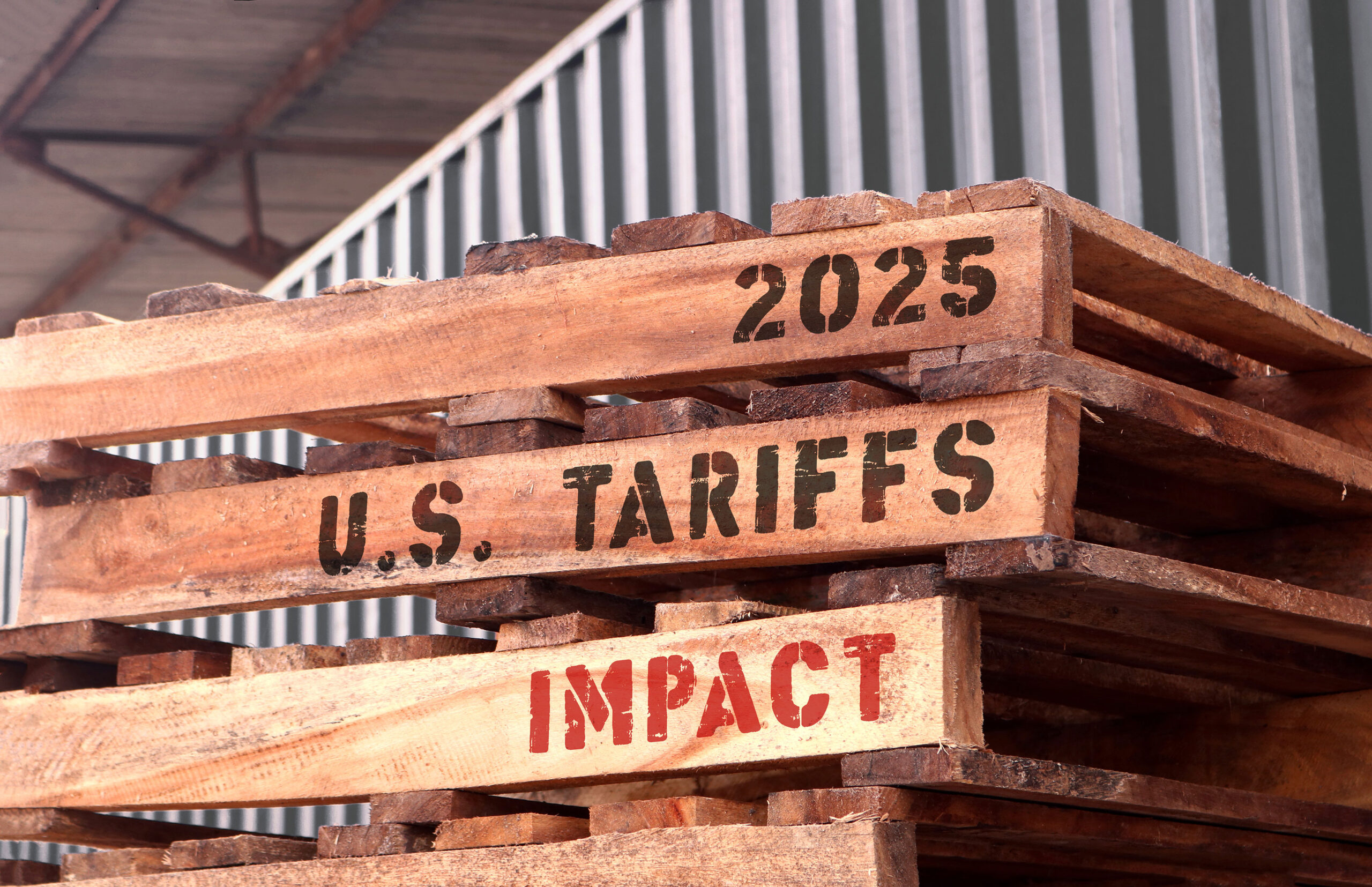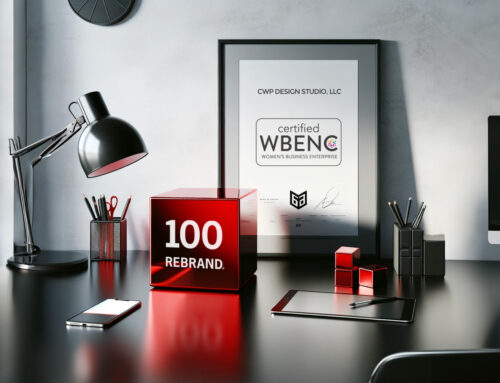We don’t usually talk about policy, but recent tariffs and shifting trade regulations are hitting closer to home. We’re starting to see the ripple effects on our industry, our tools, and our clients.
Why This Matters to Us—and to You
Design doesn’t happen in a vacuum. There’s an ecosystem that makes beautiful design come to life. Here’s what’s at stake:
- Changing buyer behavior: Consumers are becoming less confident and more price-sensitive.
- Supply chain disruptions: Materials or services may be unreliable and harder to source.
- Increased costs for materials and components: From the materials used in signage to the software we rely on daily, prices are creeping up. Tariffs on imported supplies (inks, paper, vinyl, adhesives) are making print more expensive. Digital tools like Adobe, Figma, and even cloud hosting services may follow suit. This impacts everything from swag to events, marketing collateral to websites.
In light of this complex situation, we recognize that budgets are tighter, timelines are in flux, and teams are being asked to do more with less. That’s especially true for small businesses, startups, and nonprofit partners.
Here’s the thing: brand still matters, maybe now more than ever. The good news is that with a bit of proactive planning, you can make strategic moves to maximize the value of your branding efforts and maintain momentum with your brand.
Smart Branding in a Shifting Landscape
Navigating branding and marketing in the face of tariffs or rising costs requires smart prioritization and resourceful planning. This is an opportunity to be more intentional, leading with strategy so every decision has purpose and supports your goals.
Here are seven practical ideas we’re using to help clients stay nimble without compromising impact:
- Prioritize digital channels/content that offer greater ROI compared to print.
- Refresh existing materials to ensure they’re working harder, not just looking good. (A brand audit can help eliminate redundancies and streamline branded materials.)
- Create flexible templates and on-brand toolkits to empower internal teams.
- Focus on assets that serve more than one purpose; repackage content and repurpose across platforms to eliminate the need to recreate from scratch.
- Choose materials or formats that are lower-cost but still feel elevated.
- Maintain brand cohesion across real-world touchpoints without overproducing. Consider quality over quantity, print-on-demand, or going evergreen.
- Hone in on key messaging and make sure it’s communicated clearly across channels.
Our goal, as always, is to help you show up clearly, cohesively, and confidently—regardless of the economic landscape. If you’re starting to reevaluate your plans for the second half of the year or want to chat through ways to adjust your approach, we’d be glad to help.





